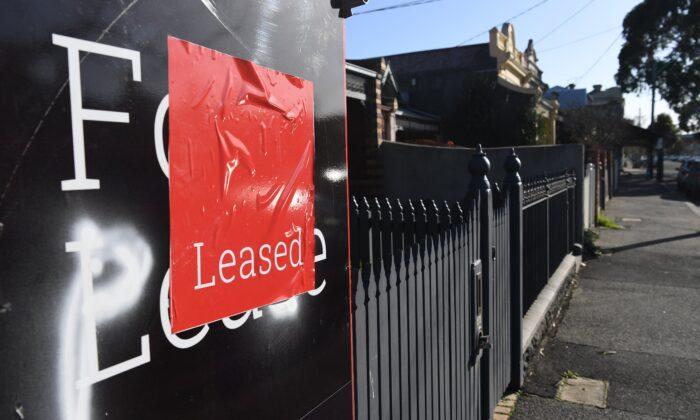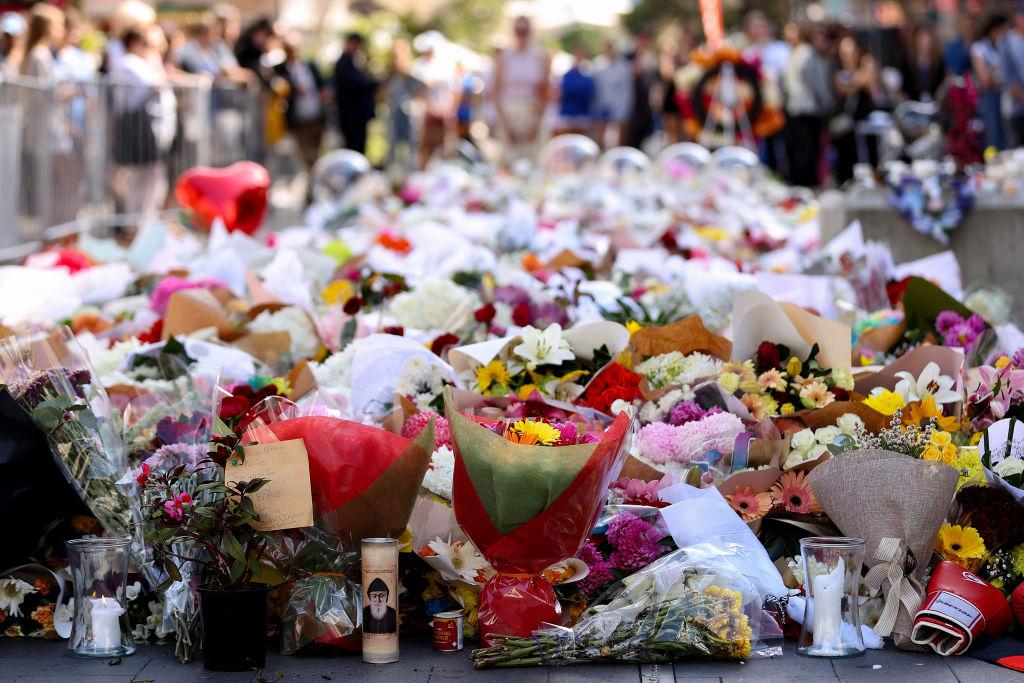Rents in Australia rose at the fastest quarterly pace over the three months to September and are set to continue climbing, according to the latest PropTrack Market Insight Report.
Median weekly rent prices rose 4.3 percent over the September quarter, following a 2.2 percent rise in the previous quarter.
Advertised rental rates also grew 10.3 percent over the year, which is also the largest annual rise on record.
The national median rent for houses was $500 (US$326) and for units was $450, with the $50 gap remaining at the widest differential on record.
Rents for four bedroom houses recorded the greatest increase, followed by five or more bedroom houses and one-bedroom units.
Cameron Kusher, PropTrack’s director of economic research, said the ongoing low volume of stock available for rent amid high demand has allowed landlords to increase weekly rents.
“With the supply of rental stock remaining extremely tight and migration to Australia lifting, we anticipate rents to continue to rise over the coming quarters,” he said.
“Capital cities are expected to see the lion’s share of growth as demand and subsequent rental price growth softens in the regions.”
The region with the highest median rent for both houses and units was Canberra, at $690 and $550, respectively.
But the city that saw the largest annual growth in weekly median house rent was Brisbane at 16.7 percent, to $525.
Rent Growth Appealing for Investors
PropTrack economist Angus Moore said in the near-term, rental demand showed little signs of tempering and there were some signs that investors were returning.CoreLogic’s head of Australian residential research, Eliza Owen, also expected investor demand to pick up in the long-term once there was more certainty around mortgage rate trajectories and price declines begin to flatten out.
“Gross rental yields are trending higher as rents rise in most cities while housing values trend lower,” she said.
National gross rental yields for units have already outpaced capital gains in every market across the country except for regional South Australia and regional Tasmania.
But Owen noted CoreLogic data was showing that growth in rents was gradually easing, “which may be a leading indicator for the trajectory of CPI rents.”






Friends Read Free